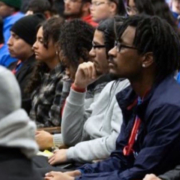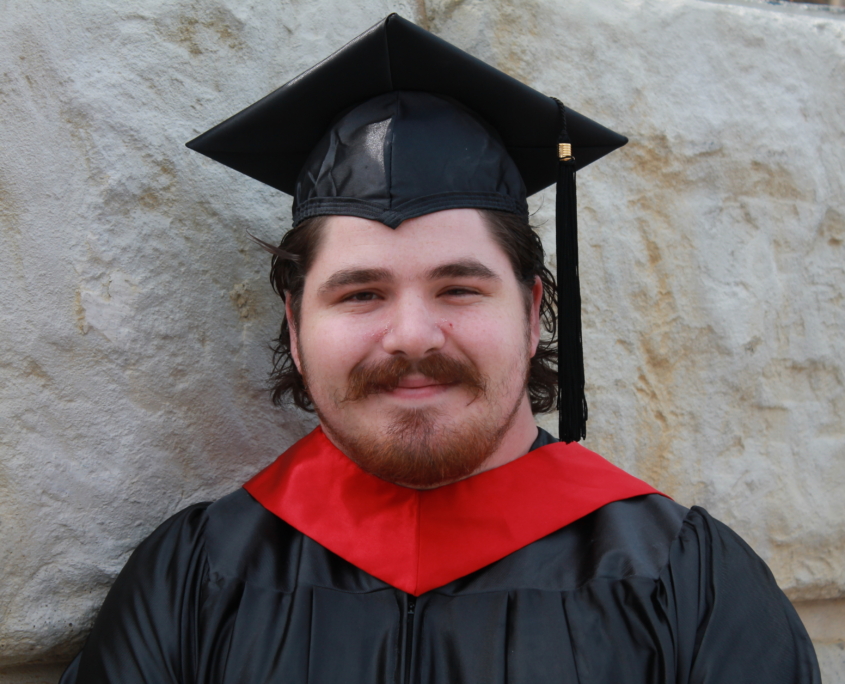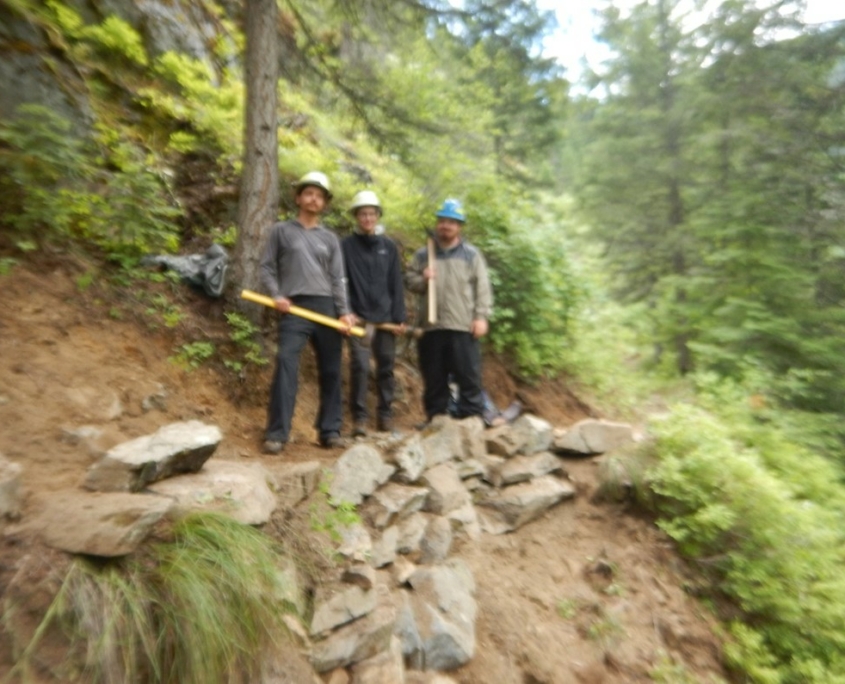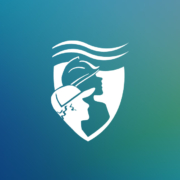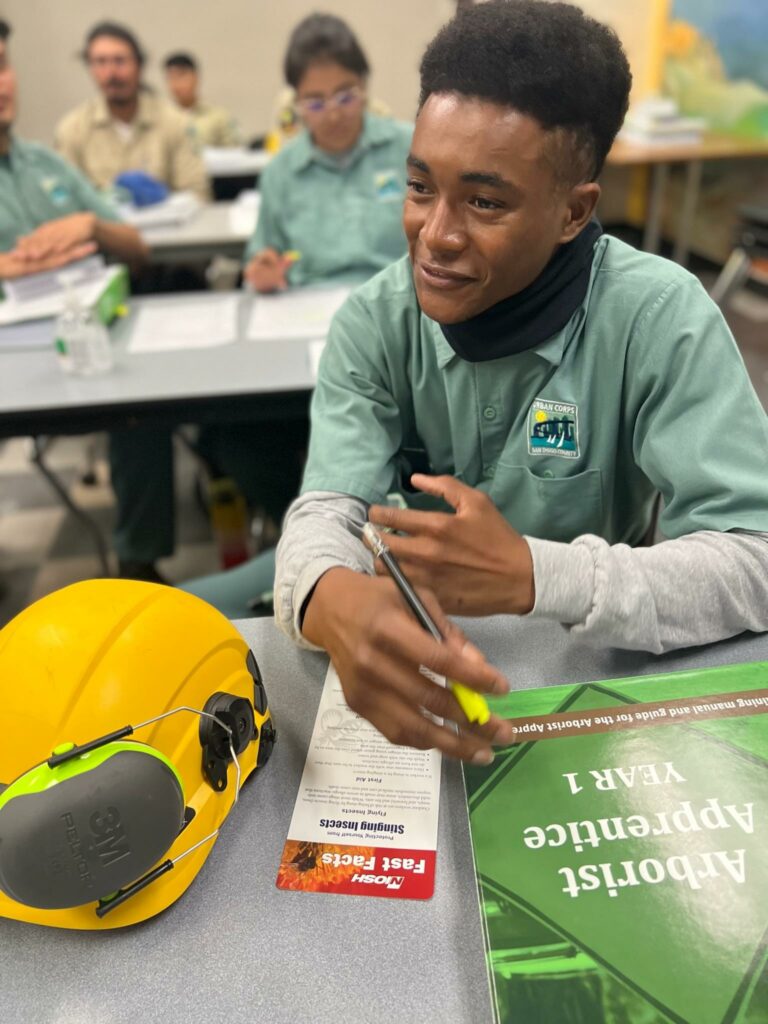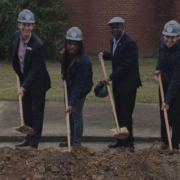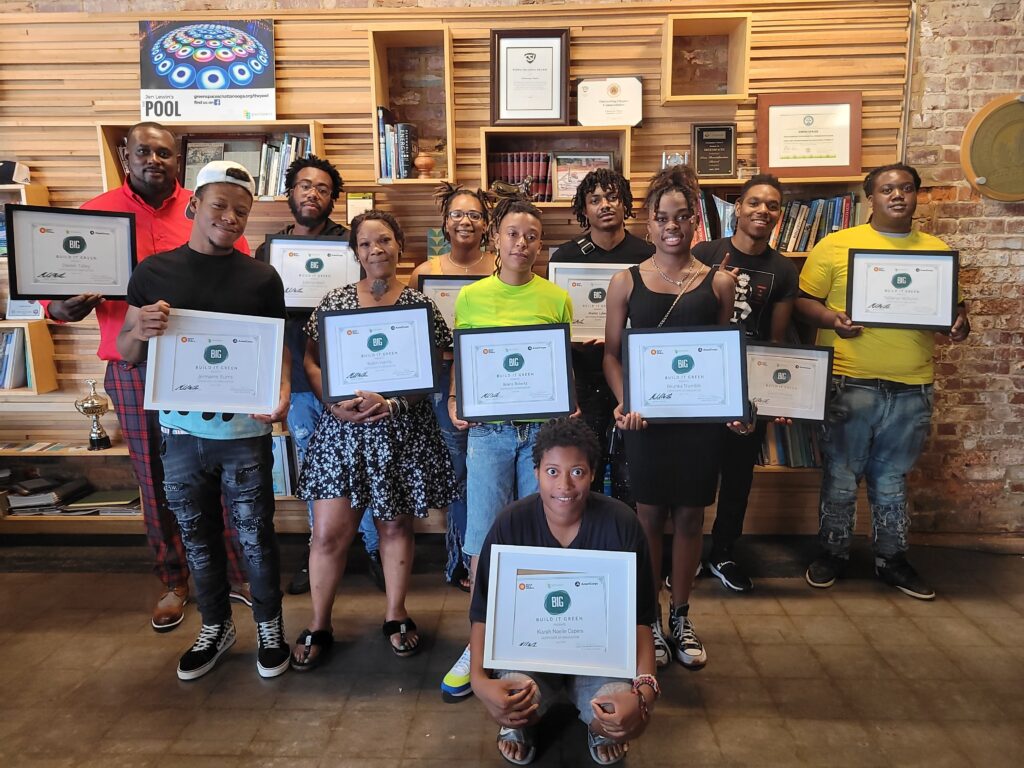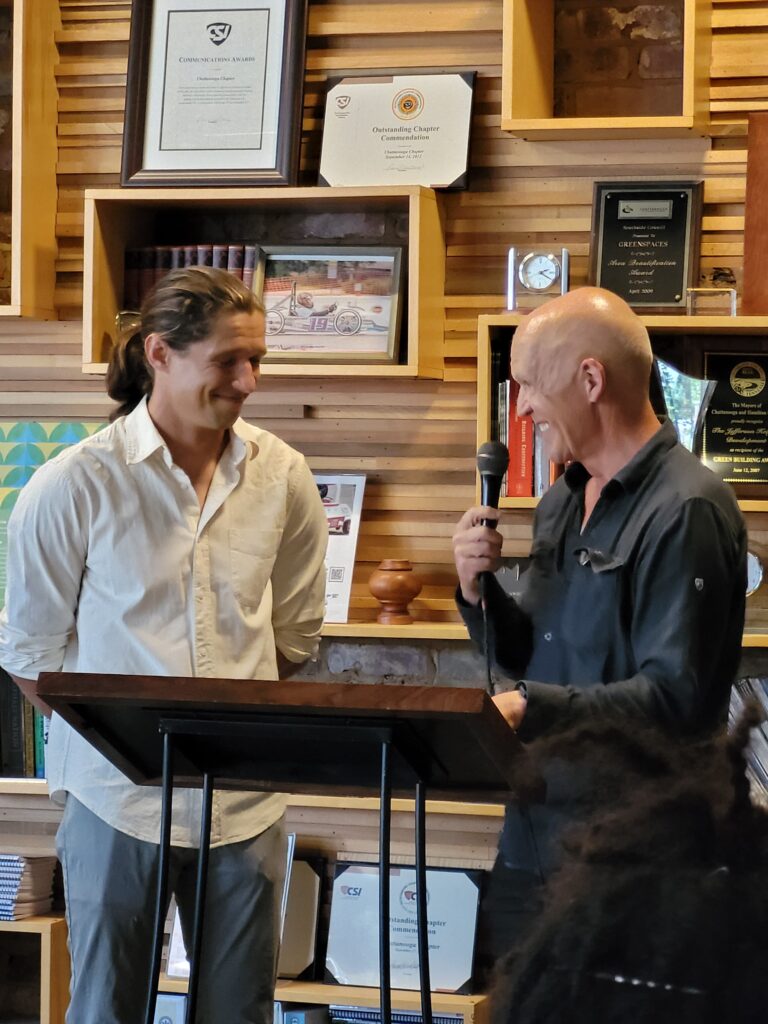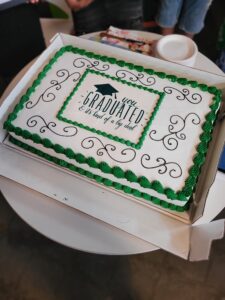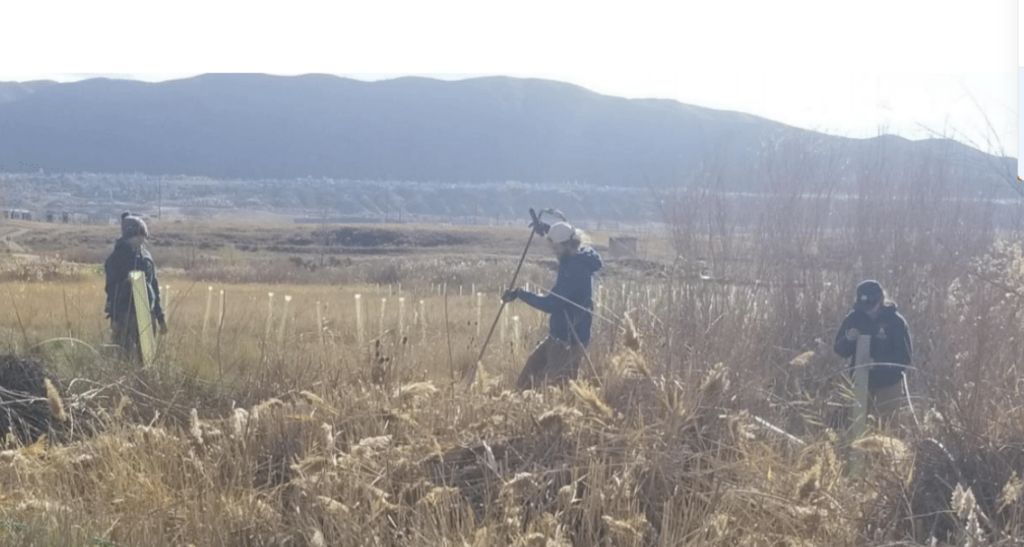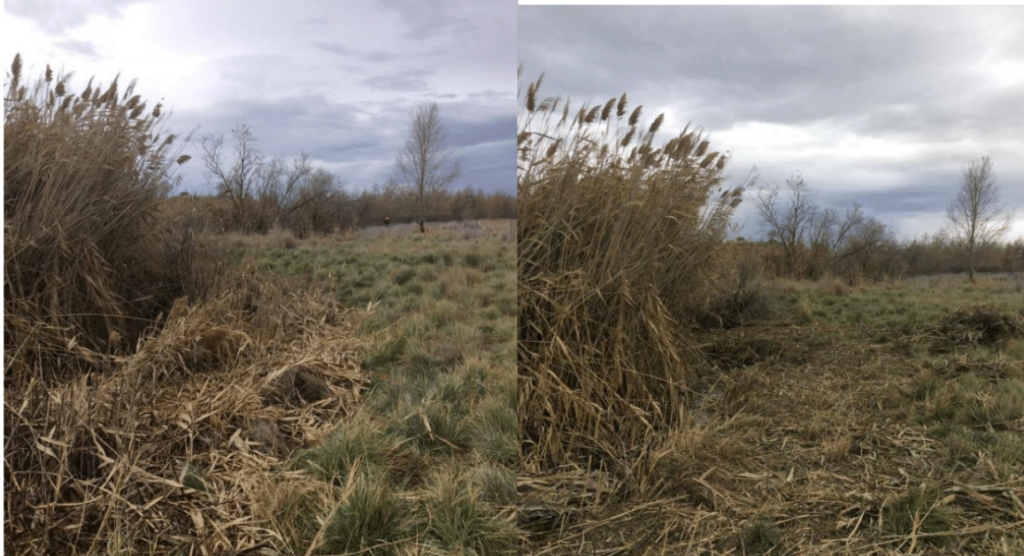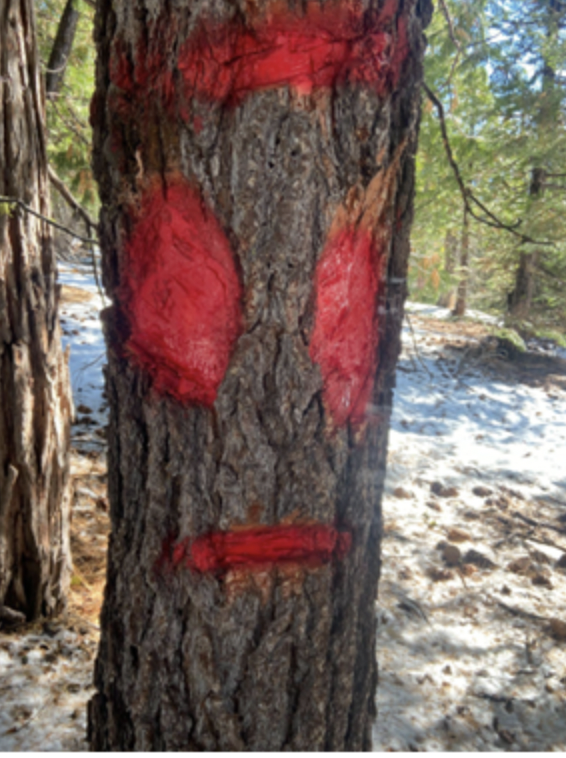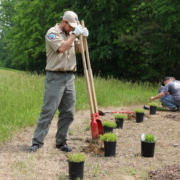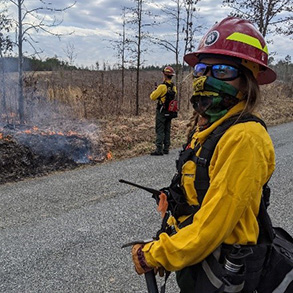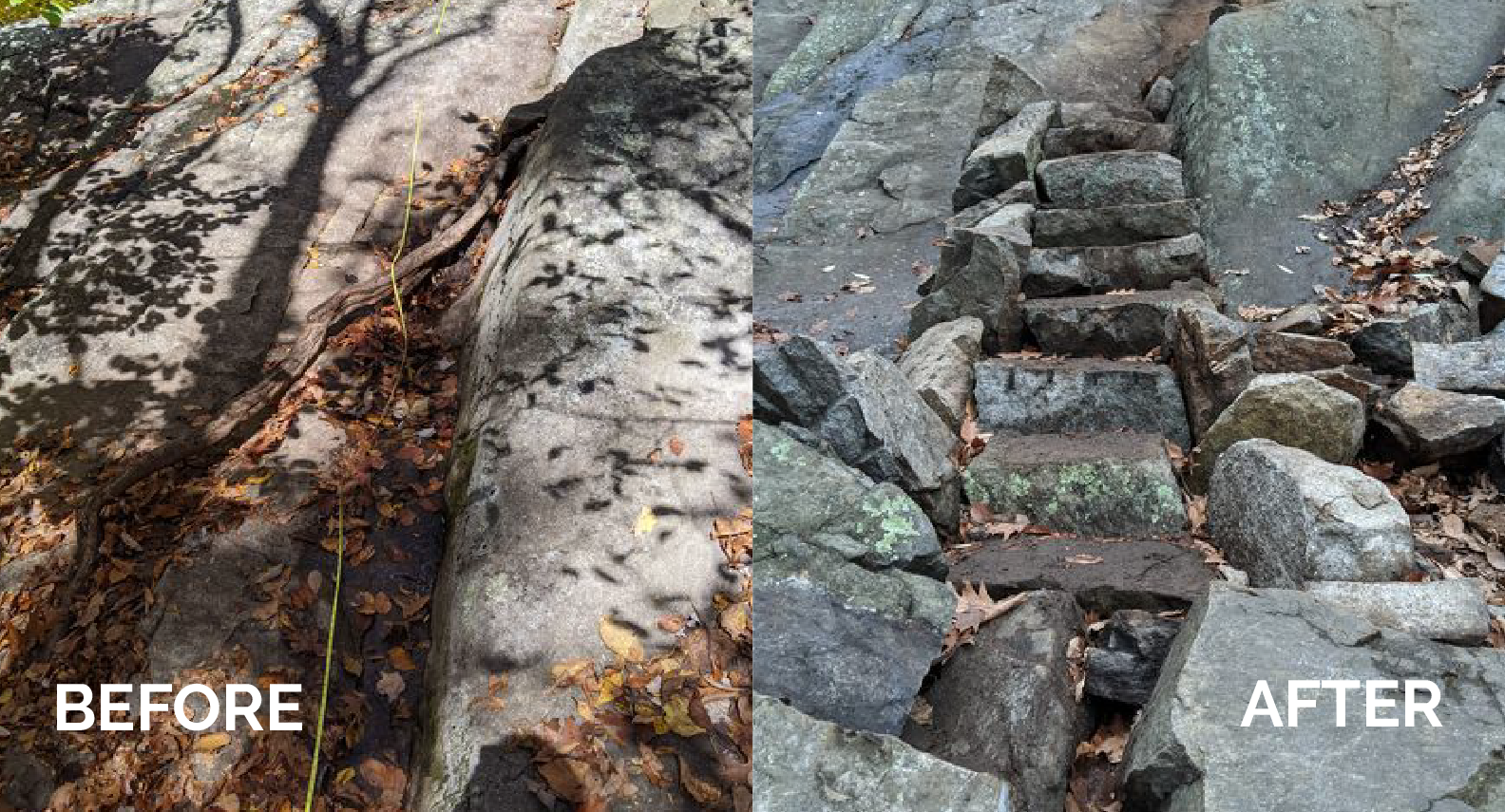Impact Story: Job Corps Student Government Association President attends Job Corps 2.0 Leadership Summit in Washington, D.C.
Adapted story from Alicia Bennett, Public Affairs Officer, U. S. Forest Service Job Corps
This past December, student representatives and Center Directors from Job Corps Centers across the country were invited to the Job Corps 2.0 Leadership Summit: Students Today. Leaders Tomorrow in Washington, D.C. For two days, students from Job Corps centers all over the country participated in networking opportunities, interactive sessions, and conference lectures.
Known for his notable leadership skills and hard work in painting vocational trade, Malik Best was selected to represent the Lyndon B. Johnson Job Corps Civilian Conservation Center at the Job Corps 2.0 Leadership Summit. At LBJ Job Corps, Malik is enrolled in the International Union of Painters and Allied Trades painting program and serves as the Job Corps’ Student Government Association (SGA) President. He is also a leader in his dormitory and a dedicated member of the SGA. Malik credits his involvement in SGA as a valuable learning experience, as it taught him to be a better public speaker and how to be a leader. “My time on the SGA also taught me about accountability and taking responsibility for myself and others–whether good or bad,” says Malik. Motivated to further his trade skills and develop leadership skills, Malik knew that enrolling in Job Corps would give him the necessary opportunities and experiences in achieving his goals.

LBJ Job Corps CCC Student Government Association President Malik Best actively engaged administration leadership throughout the Job Corps 2.0 Leadership Summit, here posing the question, “What could we [students] do to improve the lifestyle on campus?” to Secretary of Labor Marty Walsh, Secretary of Transportation Pete Buttigieg, and Job Corps National Director Rachel Torres. Courtesy photo by Malik Best.
During the Job Corps 2.0 Leadership Summit, Malik had the opportunity to meet Secretary of Labor Marty Walsh, Job Corps National Director Rachel Torres, Secretary of Transportation Pete Buttigieg, and other supporters of the Job Corps program. Not only was Malik able to meet administration leaders, but he also engaged with them by offering advice. “We, Job Corps students, were the focal point, and had the opportunity to advise Marty Walsh, Secretary, U.S. Department of Labor, on how the program is being run,” said Malik.
Meeting Secretary Walsh was a highlight for Malik, as he described Secretary Walsh as “a pleasure to meet.” Malik went on to say, “[Secretary Walsh] was engaging and respectful. He listened to everyone’s concerns and took them into consideration. His message was heartfelt, and he spoke about how we can make a change if we put our mind, spirit, and body into it.”

Eying a future political career, LBJ Job Corps CCC’s Student Government Association President Malik Best posed questions about some of America’s most pressing problems during Round Table discussions, including “How can we [students] impact homelessness.” Courtesy photo by Malik Best.
Engaging with administration leaders wasn’t the only highlight during the Leadership Summit, as Malik was able to be inspired by fellow Job Corps students and program alums as well. “The Job Corps 2.0 Leadership Summit was a fantastic experience, and it afforded me great opportunities. It was exciting to see students from across the Job Corps programs,” said Malik. “Students who’ve graduated from Job Corps also spoke. They gave us, current students, encouragement on finishing what we started and on not straying from our primary goal of making our lives better.”
Malik also toured some of D.C.’s famous historical sites along with other Summit participants. When describing the site visits, Malik stated, “It was thrilling to be in some of history’s great buildings, and the experience changed my perspective on life and leadership in general.”

LBJ Job Corps CCC Student Government Association President Malik Best (second from the right, center row) listens attentively during a Round Table session at the Job Corps 2.0 Leadership Summit: Students Today. Leaders Tomorrow in Washington, DC. Courtesy photo by Malik Best.

